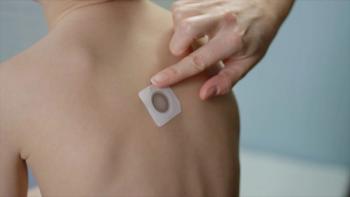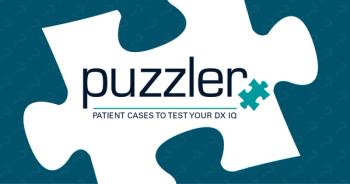
SIDS prevention moves ahead with new guidelines for infant sleep
In new recommendations released at its Annual Conference, the AAP made substantial changes to its recommendations on how parents should put their baby to bed.
In new recommendations released at its Annual Conference, the AAP made substantial changes to its recommendations on how parents should put their baby to bed.
Most prominently, the group came down squarely against having the baby sleep in the same bed as his or her parents - the so-called "family bed."
The Academy task force that has been studying the syndrome reported that evidence is growing that bed sharing (at least the way it is done in Western nations) is riskier than putting an infant to sleep on a separate surface. Best for the child to be placed in a crib or bassinet that conforms to safety standards and is close to the parents because sleeping in the same room appears to reduce the risk of SIDS.
The recommendations also indicate that the child can be brought into the parents' bed for breastfeeding or comforting, but should be put back into his or her own bed for sleep.
For the first time, the AAP advises that infants be placed for sleep wholly supine for every sleep. After years of the successful "Back to Sleep" campaign, the organization reports that study now shows that even placing a baby on a side position, with supports on either side, is not as safe as supine sleeping, and is therefore not advised.
The policy statement, to be published in the November 2005 issue of Pediatrics, also says:
- A firm sleep surface should be used with other objects kept out of the bed altogether. (Rachel Y. Moon, MD, one of the members of the task force, said the group advises nothing in the crib except the baby: no soft materials; plush stuffed toys; pillows; quilts; or comforters. "A firm crib mattress, covered by a sheet, is the recommended sleeping surface," says the task force. Dr. Moon said that a baby may be dressed in a sleeper if warmth is needed, and that parents should be told to provide the same level of warmth that they need in the room, not more.
- Parents may want to consider offering a pacifer to the infant at nap- and bed-time. Evidence laid out in a separate review article in the same issue of Pediatrics shows a significantly reduced SIDS risk with pacifer use, particularly when it is used for sleep. There is not enough information from the studies, Dr. Moon said, to indicate why a pacifier helps.
- Parents should avoid commercial devices that claim to protect against SIDS. None have been tested enough to show efficacy or safety.
- Parents should not use home electronic respiratory and cardiac monitors to reduce SIDS risk. Although those monitors may be of value in monitoring an infant who suffers extreme cardiorespiratory instability, there is no evidence they decrease the risk of SIDS.
Newsletter
Access practical, evidence-based guidance to support better care for our youngest patients. Join our email list for the latest clinical updates.







